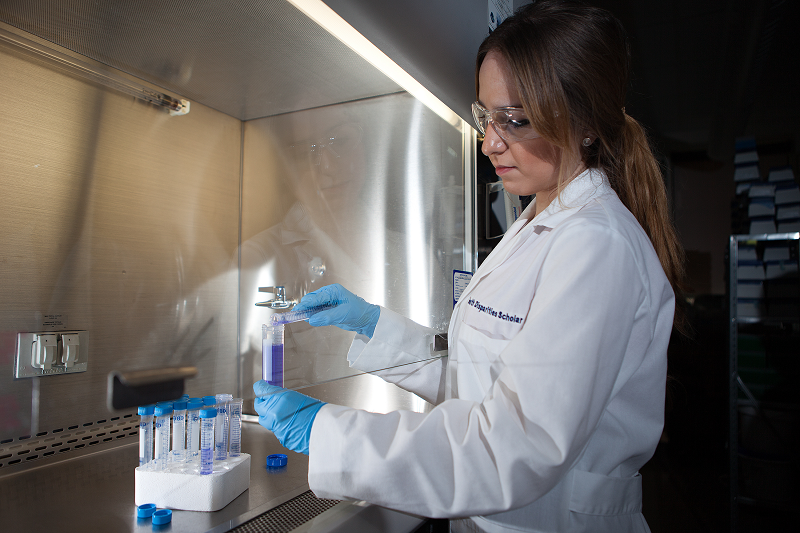Document Type
Article
Publication Date
5-19-2022
Abstract
Although advances have been made in cancer therapy, cancer remains the second leading cause of death in the U.S. and Europe, and thus efforts to continue to study and discover better treatment methods are ongoing. Three-dimensional (3D) tumor models have shown advantages over bi-dimensional (2D) cultures in evaluating the efficacy of chemotherapy. This commentary aims to highlight the potential of combined application of biomaterials with patient-derived cancer cells as a 3D in vitro model for the study and treatment of cancer patients. Five studies were discussed which demonstrate and provided early evidence to create 3D models with accurate microenvironments that are comparable to in vivo tumors. To date, the use of patient-derived cells for a more personalized approach to healthcare in combination with biomaterials to create a 3D tumor is still relatively new and uncommon for application in clinics. Although highly promising, it is important to acknowledge the current limitations and challenges of developing these innovative in vitro models, including the need for biologists and laboratory technicians to become familiar with biomaterial scaffolds, and the effort for bioengineers to create easy-to-handle scaffolds for routine assessment. View Full-Text
Recommended Citation
Hasbum, A.; Karabulut, O.; Reyes, R.E.; Ricci, C.; Franchi, A.; Danti, S.; Chew, S.A. Combined Application of Patient-Derived Cells and Biomaterials as 3D In Vitro Tumor Models. Cancers 2022, 14, 2503. https://doi.org/10.3390/cancers14102503
Creative Commons License

This work is licensed under a Creative Commons Attribution 4.0 International License.
Publication Title
Cancers
DOI
10.3390/cancers14102503


